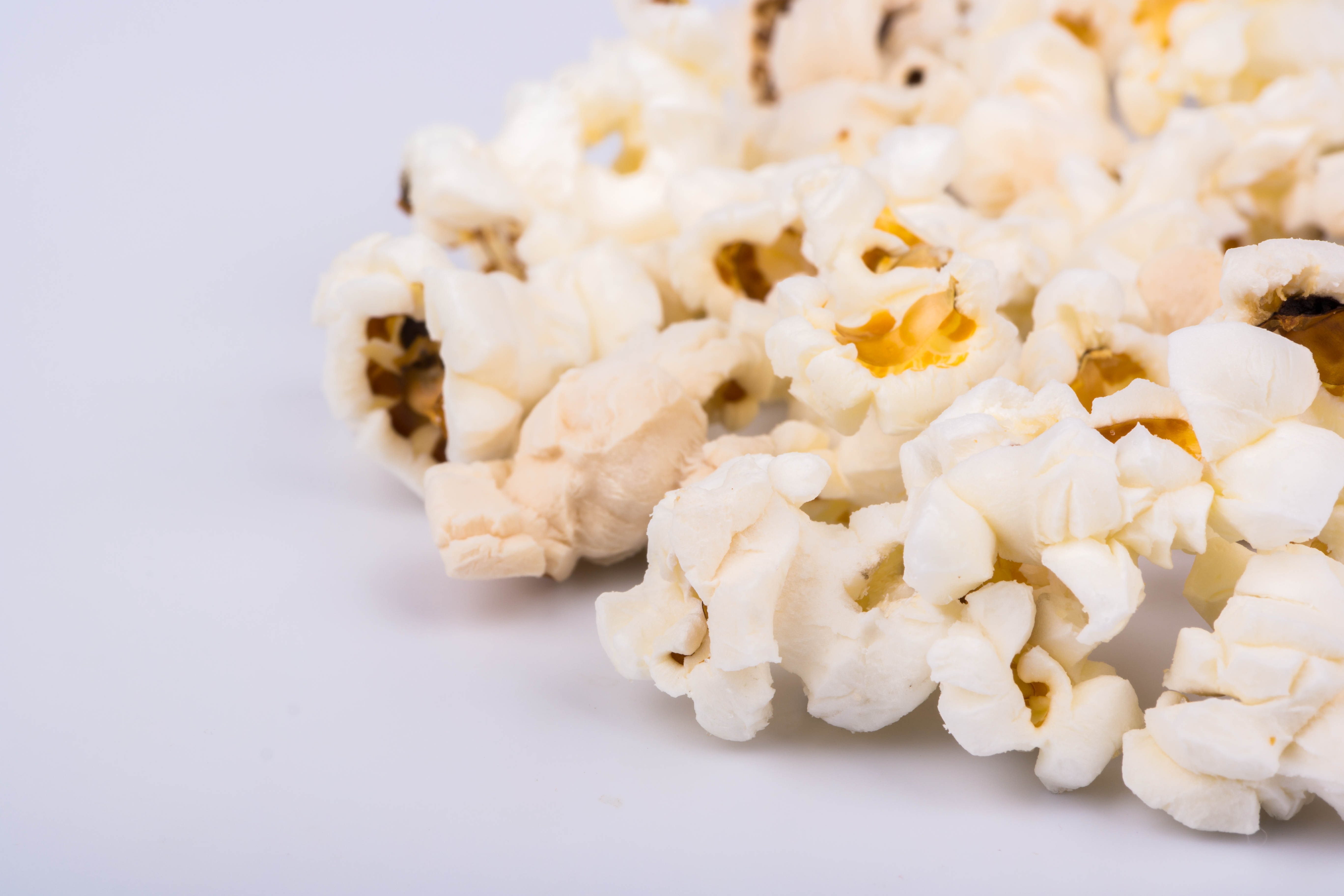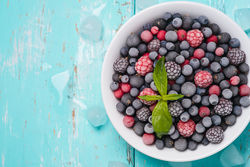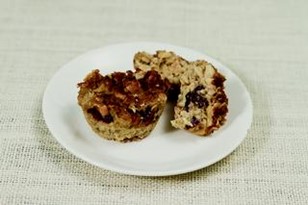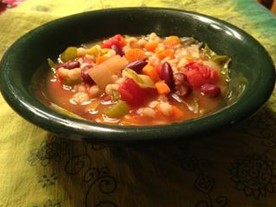Fiber
What is fiber & why do we need it?
Fiber is the part of plant foods that is not digested. Eating plenty of fiber-rich foods can:
- Help lower your cholesterol
- Help control your blood sugar response
- Keep your digestive system running smoothly and prevent constipation
- Help you feel full after eating
How much fiber?
More than 90% of women and 97% of men do not meet recommended intakes of dietary fiber. Health experts recommend that adults eat at least 22-34 grams of fiber daily. A balance of soluble and insoluble fibers is recommended. Eating according to MyPlate can help you meet your dietary fiber goal.

Tips to remember:
- Drink plenty of fluids to keep fiber moving through your body.
- Increase your fiber intake slowly over several weeks. This will prevent excess gas or bloating.
- Start your morning with fiber by having a bowl of whole grain cereal like shredded wheat, bran flakes, or oatmeal.
- Check the nutrition facts label. Five grams or more of fiber per serving is considered high. Look for whole grain bread with at least 2 to 3 grams of fiber per slice.

Eating plenty of both types of fiber
This type of fiber forms a gel when mixed with liquid and acts as a scrub brush in the digestive system.
- Eat fruits and vegetables (apples, pears, eaggplant, etc.) with edible skin left on.
- Plan meals with legumes (dried beans, peas, and lentils) several times a week.
- Eat oatmeal often - as a cereal or in breads, muffins, and desserts.
- Try recipes with barley. Check out our Vegetable Barley Soup recipe.
- Eat fruit and vegetables with seeds, like strawberries and zucchini.
This type passes through your digestive tract largely intact and may help with lowering cholesterol and stabilizing blood sugar.
- Choose brown rice instead of white rice and whole grain bread instead of white bread.
- Snack on popcorn, dried fruits, raw vegetables, and nuts.
- Eat plenty of vegetables, such as green beans, broccoli, cauliflower, and potatoes.
Featured Recipes
Baked Oatmeal MuffinsPreheat oven to 350 °F.In a saucepan, bring water to a boil. Addoats and boil for one minute. Removefrom heat and let stand five minutes.In a mixing bowl, beat these togetherwith a fork: eggs, 3 Tablespoon brown sugar, oil, baking powder, 1 teaspoon ground cinnamon, and milk.Stir in oatmeal, apples, and dried fruit.In a small bowl, stir together theremaining 1 Tablespoon of brown sugarand 1 teaspoon cinnamon.Lightly coat a muffin tin with cookingspray. Divide oatmeal mixture into 12 muffins. Sprinkle cinnamon sugar mixture on top of the muffins.Bake for 30 minutes until the center is set and the top is lightly browned. Let muffins sit for 5 minutes before serving.Store leftovers in an airtight container in the refrigerator or freezer. |
 |
Vegetable Barley SoupIn a 3 quart or larger pot, cook vegetable oil, onions, carrots, and celery over medium heat, stirring often, until onion has softened.Add barley and stir. Add tomatoes, drained beans, water, and bouillon. Add bay leaf (if using).Bring to a boil. Reduce heat to low to simmer. Cover pot and gently cook soup for about 1 hour or until barley is soft.Add chopped cabbage and season to taste with salt and pepper.Let cook for 5 to 10 minutes to wilt cabbage. Remove bay leaf before serving. Serve hot. |
 |

 You may require
You may require